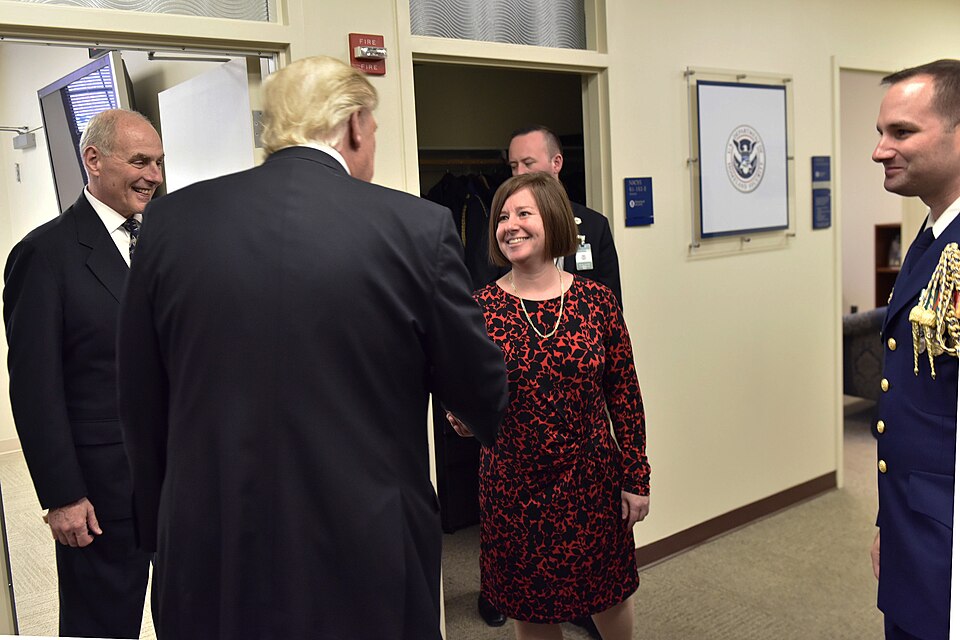Trump's Strategic Shift: U.S. Arms Ukraine as NATO Covers Costs

In a significant policy shift, U.S. President Donald Trump has initiated plans to bolster Ukraine's military capabilities against Russia, while delegating the financial burden to NATO allies, including European nations and Canada. This development was announced in Washington, D.C., where Trump outlined a strategy that signals a marked change in the U.S. approach to the ongoing conflict in Ukraine, which has seen extensive military engagement since Russia's annexation of Crimea in 2014.
The implications of this new arrangement are profound, as Ukraine prepares to receive advanced weaponry, marking a pivotal moment in its struggle against Russian aggression. According to NATO Secretary-General Mark Rutte, the United States will provide Ukraine with a substantial increase in military equipment, including significant quantities of air defense systems, missiles, and ammunition. This increase is set to transform the military landscape in which Ukraine operates, potentially giving it the necessary tools to mount a more effective defense against Russian forces.
Historically, U.S. support for Ukraine has fluctuated, with significant aid being contingent upon political dynamics within the United States. Following Trump's controversial presidency, which included a temporary halt in military assistance to Ukraine amid a political scandal, this renewed commitment appears to reflect a strategic recalibration in response to perceived threats from Russia. According to Dr. Michael O'Hanlon, a senior fellow at the Brookings Institution, "This is a clear indication that the U.S. is no longer willing to tolerate Russian aggression unchallenged. If implemented, this could significantly alter the balance of power in Eastern Europe."
The proposed military aid comes with a timeline; Trump has set a 50-day deadline for Russia to engage in negotiations, threatening new sanctions should these talks fail. This dual approach—arming Ukraine while leveraging economic penalties against Russia—represents a tactical maneuver aimed at increasing pressure on the Kremlin. Dr. Sarah Johnson, an expert in international relations at Harvard University, emphasizes, "The U.S. is utilizing both hard and soft power to compel Russia to the negotiating table, a strategy that could yield significant results if executed effectively."
However, there are concerns regarding the potential escalation of the conflict. The provision of long-range missiles, which Trump has hinted at authorizing, could provoke a severe response from Russia. Experts warn that this escalation could lead to a broader conflict, with profound ramifications for regional stability. As noted by Dr. Ivan Lishchenko, a political analyst at the Kyiv School of Economics, "While increased military support is essential for Ukraine's defense, it also raises the stakes for all parties involved. The risk of miscalculation is significant."
Moreover, the political landscape surrounding this deal is complex. Trump's administration is keen to position itself as a decisive force in foreign policy, contrasting its actions with what it frames as a lackluster approach by the Biden administration. This narrative is bolstered by a resurgence of bipartisan support for Ukraine within Congress, as lawmakers recognize the strategic importance of countering Russian expansionism.
In light of these developments, the situation in Ukraine remains precarious. The Ukrainian government, led by President Volodymyr Zelenskyy, is navigating a dual challenge of maintaining domestic support while managing international relations. As Zelenskyy seeks to solidify military ties with Western allies, the ongoing conflict has intensified calls for increased defense spending among NATO members, a response to the perceived threat from Russia.
The future of U.S.-Ukraine relations hinges on the successful implementation of this new military aid strategy. Should the arms be delivered as promised, it could enhance Ukraine's defensive posture and alter the dynamics of the conflict. Conversely, failure to deliver on these commitments might embolden Russia and undermine Ukrainian sovereignty. As articulated by Dr. O'Hanlon, "The stakes are incredibly high; the next few months will be critical in determining the trajectory of this conflict and the future of NATO's collective security."
In conclusion, Trump's recent announcement marks a pivotal moment in the U.S. approach to the Ukraine crisis. By significantly increasing military support and shifting financial responsibility to NATO allies, the U.S. is taking a bold stance against Russian aggression. However, the potential for escalation and the need for careful diplomatic navigation remain pressing concerns as this situation unfolds.
Advertisement
Tags
Advertisement




